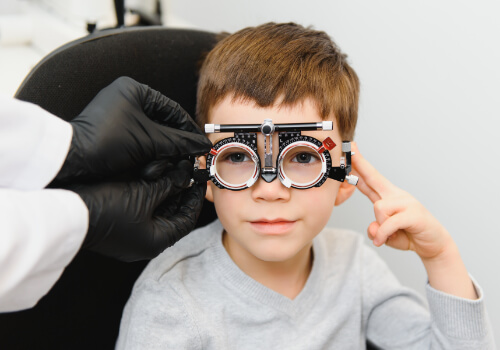Screen Time for Kids: Protecting and Guiding Your Child
No one cares more about your child’s well-being and success than you do. In today’s digitally fueled times, we need to guide them not just for the real world but the virtual one as well. Therefore, it becomes important to teach your children the right and healthy way to use all digital mediums.
Whether it’s home, work, shopping malls, inside or outside, our eyes are usually exposed to a digital medium of some kind. Screens are ubiquitous. Children and toddlers are no strangers to this state of affairs. In 2020, reports showed that the average screen time for teens was five to six hours. The average screen time for children came close to that figure—and is way beyond two hours, the AAP’s (American Academy of Pediatrics) recommended screen time for children.
But why are our devices such a problem? Two important things to consider are the time spent on phones and screens and the devices themselves—particularly the blue light emitted from our screens.
Why is Blue Light a Problem?
Computers and mobile screens emit a broad spectrum of light. Some of these light rays have a lot of energy. Such high-energy visible light is called “blue-light”.
But why is prolonged exposure to blue light a problem? It has something to do with the sensitive part of our retina; blue light can damage light-sensitive cells in the retina. The effects of this damage are similar to the effects of macular degeneration. Too much screen time for kids can be dangerous.
Blue light can cause a variety of other problems:
A Few Basic Parenting Guidelines Will Help You Establish Ground Rules And Maintain Tech Harmony At Home
Technology isn’t all doom and gloom. When used in moderation, it can facilitate learning and bonding; children can collaborate and learn from each other, and parents can spend quality time with their children.
By having rules and screen time limits for kids, you can create safe and educational experiences that are good for your child’s brain—and eyes. This guide by the Indian Academy of Pediatrics has clearly outlined screen time recommendations by age.
If your child is experiencing any issues with your eyesight, visit MM Chokshi Eye Hospital, Vadodara for a quick check-up.
Look at the world with more clarity. Make an Appointment today.

